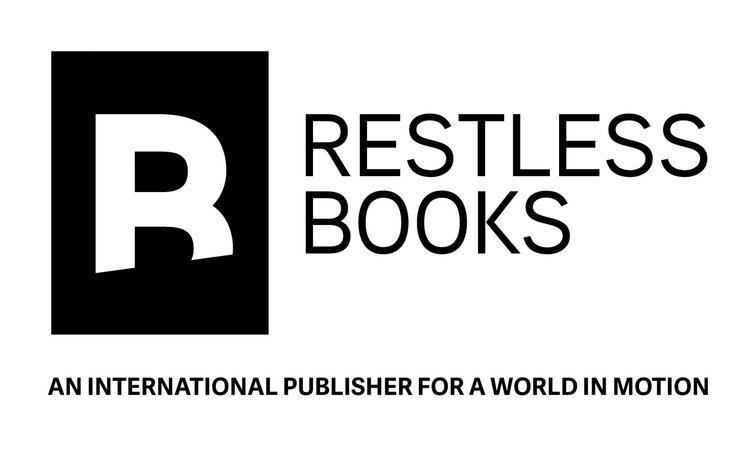In “Google Search: Reunion,” the lead video of the company’s latest ad campaign directed at audiences on the Indian subcontinent, a young woman in Delhi uses Google’s search technologies to help her grandfather reunite with a childhood friend from Lahore, Pakistan—a man he hasn’t seen since before Partition. The video has nearly ten million views to date.
The legacy of Partition — the 1947 division of the former British Indian Empire into majority-Hindu India and majority-Muslim Pakistan — still casts a long shadow over the subontinent. With little warning, poor planning, and, for many, no explanation, millions of people were forced from their homes. Many families wrongfully assumed they’d be able to return to their homes and brought only overnight bags; countless lives were lost and upturned.
Partition represents the largest, systematic displacement of a populace in human history. In its aftermath followed widespread, sustained human rights violations: mass killings, instances of sexual assault and rape, and unexplained disappearances. In an article from 2007 on the occasion of Partition’s 60th anniversary, the Economist described the resulting violence as “ethnic cleansing on a gigantic scale.”
The Google ad has been met with mixed opinions. Members of younger generations are heading investigative and creative efforts to unravel and come to terms with what their Indian, Pakistani and Bengali ancestors experienced. In this context, some are frustrated that such a complex political saga — with violent repercussions that continue six decades later — has been simplified into a feel-good narrative to serve Google’s marketing purposes. The heartbreaking personal accounts and haunting images of the brutality of Partition are nowhere to be seen in the ad’s colorful, confectionary scenes. The Ogilvy team responsible for the ad has explained their intentions:
“The India-Pakistan Partition was a moment that has left a deep imprint across many generations on both sides of the border. The Partition separated many families and friends overnight — the older generation’s yearning is only balanced by the younger’s hope. Our film is a reflection of the many stories of reunion — where human passion and hope overcame time and borders.”
On Twitter, Restless author Musharraf Ali Farooqi voiced approval for the ad. “Google will go to heaven because of this, ” he wrote. Farooqi’s novel, Between Clay and Dust, provides a unique window to the era immediately following Partition. The protagonists, an aging wrestler and courtesan past her prime, represent part of the shared culture that went into decline after the countries were wrenched apart. Farooqi’s characters, and their seemingly antiquarian professions, serve as an important reminder of what was once cherished collectively by two nations, and a rich common history that thrived before Partition.
Between Clay and Dust takes place on the subcontinent in the late 1940s and early 1950s, but precise details as to its geographical setting are left unclear. As the Pakistani author — who had never traveled to India before writing the book — explained in an interview with Restless: “I made a conscious decision to give no indicators of a nation, or a country, or even a city. This novel is based in a culture that is common to both people.”
Read an excerpt of Between Clay and Dusthere.
BUY FROM Amazon I Apple I Barnes & Noble | Kobo

